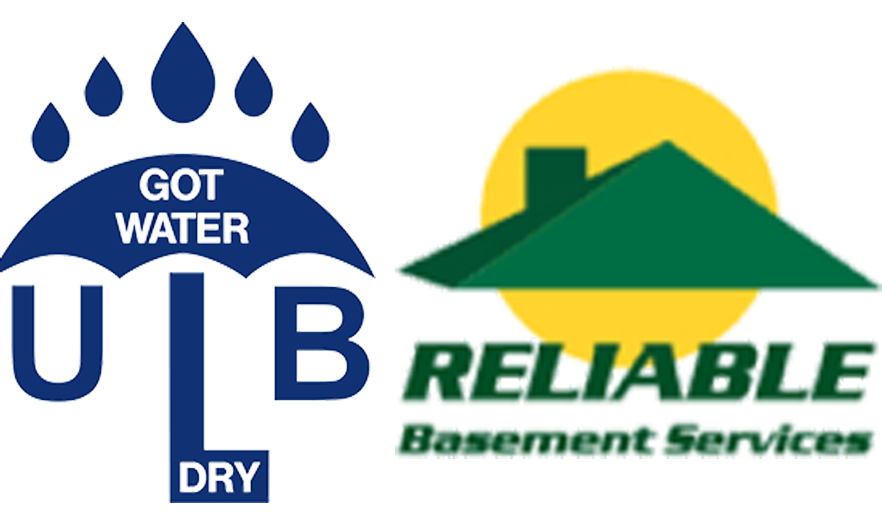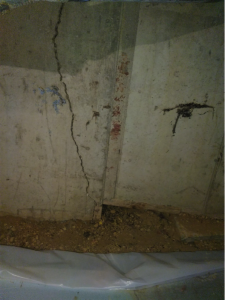Unless you’re living in a stainless steel house, cracks are a fact of life. But what are the common causes of interior and exterior cracks? The pros at ULB-DRY Waterproofing in Lombard have the answers.
Interior Crack Causes
When a house is built, the builders must address factors like slippage, concrete shrinkage, compression stress, and soil shrinkage, all of which will manifest themselves when the house starts settling. It’s at this point that interior wall cracks begin to appear, some of which are potentially dangerous.
In addition to the settling process, there are several other things that can cause interior wall cracks:
- Expansion/contraction of soil
- Temperature changes
- A poorly-constructed foundation
Interior Crack Repair
Once you’ve identified interior cracks, it’s time to call ULB Dry Waterproofing. We handle two types of interior cracks: “dirty” (previously repaired) and “clean” (never touched). Our process for interior crack repairs starts with cleaning the surface of the crack so it is free of all loose dirt and other contaminants.
We then create a surface patch out of epoxy mastic, check the exterior area, and seal any portion of the crack above grade. Once the surface patch has cured, we inject an epoxy/urethane resin into the wall crack, starting with the port closest to the floor level. The material is forced upward until it is then capped at the top of the foundation.
Exterior Crack Causes
Exterior cracks not only make a home look a lot older than it really is, they can also be a sign of serious structural damage that requires prompt crack repair. Just like with interior cracks, the majority of exterior cracks are foundation-related. However, exterior cracks can also be caused by a few other issues, including:
- Weather
- Poor drainage
- Expanding/contracting soil
As a home ages, the soil beneath the foundation will settle and shift – consequently, the foundation moves too. If any of the aforementioned three issues occur in excess, the foundation could crack, and so too the outside walls. And while concrete is a strong building material, it’s not invulnerable. Unfortunately, it’s not uncommon for a homeowner to have too much confidence in his walls and pass cracks off as aesthetic problems rather than something far more serious and foundation-related.
Exterior Crack Repair
The exterior crack repair process is a bit more involved than interior crack repair as it needs to account for elements like changes in temperature and the sun’s ultra-violet rays. We use a “Bento-Seal” paste along with bentonite powder during the process to ensure the best results. If you want to know more about the step-by-step process, check out our concrete repair page.
Obviously, you want crack repairs to look good and “natural”. What’s most important though is that if you do find cracks in your home’s exterior, don’t delay in calling our waterproofing company in Lombard. These cracks could be indicative of a foundation problem, and at the very least you should have your foundation inspected and the cracks repaired.
For more information about crack causes and repairs, or to make an appointment with an experienced waterproofing company serving Chicago, contact ULB-DRY Waterproofing today.






